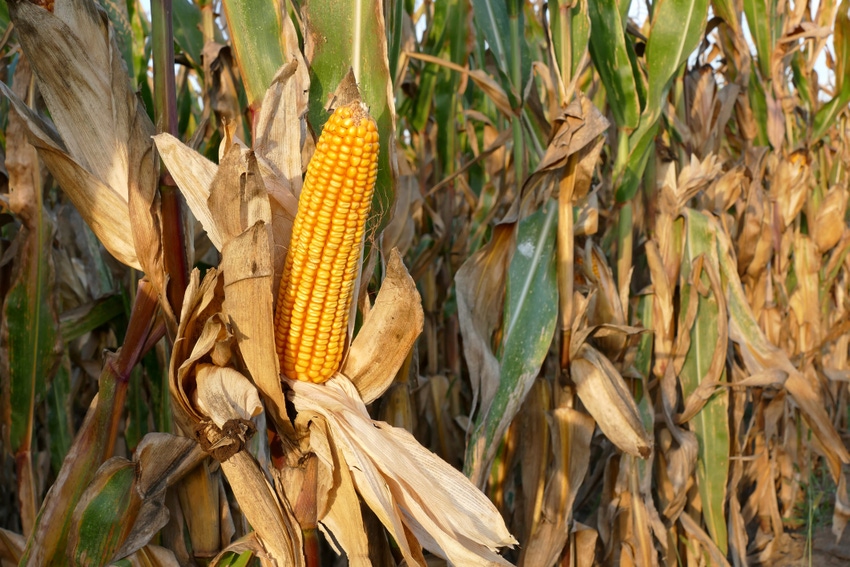August 28, 2017

By Charles Shapiro - Extension Soil Scientist—Crop Nutrition, University of Nebraska-Lincoln
Q: What might be different about this season that would affect the use of the end-of-season Corn Stalk Nitrate test?
A:
The major criteria for determining whether the corn stalk nitrate test will be useful is whether the season’s conditions allow for assessing nitrogen deficiency or was there something in the season that would make interpretation difficult. For example, this year in the northeast we had severe drought for June and July, therefore, under rainfed conditions, the test might say more about water than nitrogen. If there was disease, insect or weed pressure, hail or high winds, it may be difficult to pinpoint the reason stalk nitrates would be either too great or too low in that field.
However, a comparison within a field of two management options might be a good use of the test. If one part of the field had more sidedress nitrogen than the other or one portion was fertigated compared to the other, then a stalk nitrate test might indicate differences. One has to show caution in interpreting results when management differences are not replicated. However, stalk nitrates sometimes show differences when yields are similar. For example, if one part of the field had a slow release nitrogen source and had greater stalk nitrates compared to the other part, but yields were similar, this would indicate the practice conserved nitrogen.
For more details see the 2016 CropWatch article: Use Corn Stalk Nitrate Tests to Evaluate N Management.
You May Also Like




